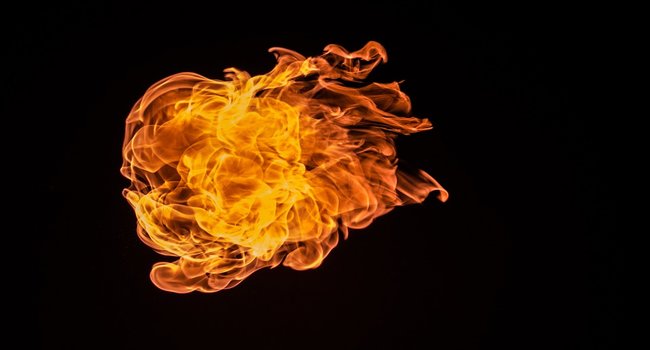

Proof-of-burn is a way to achieve network consensus by burning coins.

The coins separated in this way can be called a new cryptocurrency. With the help of a hard fork, you can burn coins, since they become completely incompatible with the main network. If you do not limit the flow of new coins, their value will gradually decrease to zero. Maintaining stabilityīurning coins allows you to resist inflation and avoid devaluing coins. The easiest way to artificially increase the cost of something is to drastically reduce the quantity.īy destroying a certain number of coins in a certain amount of time, it is possible to artificially maintain their value provided that demand remains the same.

This has benefited the entire Neblio project and increased the benefits for investors. If the project fails to achieve its crowdfunding goals and a certain amount of coins remains in the company's accounts, after the token sale, the excess coins are burned.īurning extra coins is always positively perceived by the community, because it is a sign that developers are actively engaged in the project and plan to use the funds raised for its development, and will not speculate on the course.įor example, after the token sale, the developers of Neblio had to destroy more than 80% of all unsold coins. Projects entering the ICO often issue an excessive number of coins to attract investment. The motivation for coin burning is usually one of the following reasons. They also determine the number of coins burned.Īs a rule, developers plan a step-by-step plan for the destruction of cryptocurrencies in advance and bring it to the knowledge of the community in advance.įor example, it may be decided in advance that 15% of the maximum coin issue will be burned. The burning of coins is initiated by their creators. It is important for any cryptocurrency project to guarantee a clear, functional and profitable use of its tokens. In most cases, the purpose of burning is to support the demand and growth of crypto assets. When and for what is the burning of cryptocurrencies carried out This method allows you to exclude some part of the coins from transactions. A certain part of the coins may be burned as a result of making drastic changes to the encryption protocol, making it incompatible with the old software. This, in turn, also helps to protect the network from transactional SPAM and not reduce the turnover of this currency. When a user makes a transaction, the commission for it is burned. The algorithms of many cryptocurrencies allow you to burn coins during transactions. When using this method, developers only need to specify the number of coins burned in a special program.
#Trx number burned software#
One of the easiest ways to implement coin burning is a special software that allows you to burn previously issued coins. These addresses are also often called "black holes". In this case, the burning of part of the coins is carried out by sending them to a special address, where they "burn”, because they cannot be spent, because the private keys to them are not available to anyone. Let's consider the main ways of burning cryptocurrencies: In some projects, the destruction of coins may be part of the entire consensus of the network. Sometimes it can be implemented as protection against DDOS attacks to prevent spam and implemented directly during transactions. Coin burning is especially popular among projects that have a large number of coins and no limits on the issue. The mechanisms of redemption and burning of coins may well become a new standard of the cryptocurrency industry, with which developers can prove the viability of their project and regulate the inflation rate of coins. Just like the buyback, the burn has a deflationary mechanism and can be used to maintain a stable asset value, an incentive for investors and traders. This is somewhat similar to the economic concept of buyback – that is, the repurchase of company shares to reduce their number in circulation and increase the value.


 0 kommentar(er)
0 kommentar(er)
